Brushing
Brushing the teeth regularly and properly is one of the most effective ways to maintain good oral health. Teeth can sustain damage due to poor oral hygiene, and also due to improper oral hygiene. Especially when teeth are sensitive, the gums and teeth may be damaged by incorrect brushing technique. Dental health experts recommend using a soft-bristled brush and brushing the teeth gently, in a circular motion. It can be particularly damaging to brush the teeth horizontally, to press the brush too hard against the teeth, or to use a toothpaste that is excessively abrasive. While brushes with harder bristles may be more efficient at removing dental plaque, they are also more likely to damage the soft tissues of the gums and to exert unnecessary stress on the teeth. Instead, dental health professionals recommend using a brush with softer bristles and brushing for a longer duration to strike a balance between plaque removal and the health of the teeth and gums. Dentists also recommend waiting at least 30 minutes after brushing the teeth before consuming acidic food or beverages. Sharing toothbrushes with others can adversely affect oral health and also increases the risk of transmitting bloodborne diseases like hepatitis C.
Historically, people have been using toothbrushes for centuries. Even before the first bristled toothbrush appeared, in the Chinese Tang Dynasty between 619-907, ancient people used a variety of other methods to maintain oral hygiene, including twigs, feathers, bones, and porcupine quills. It is estimated that these alternative oral hygiene methods were in use as early as 3500 BCE, in ancient Sumer. The first bristled toothbrush was made of hog bristles attached to handle made of bamboo and sometimes of bone. In China, toothbrushes eventually came to be made of horsehair and oxbone. During the 17th century, the bristled toothbrush was adopted in Europe, after being brought there from China by travelers. It wasn’t until the mid-20th century that toothbrushes began to be produced in Europe and the United Kingdom; until then, they were imported from China. By the mid-1800s, toothbrushes were widely produced in the UK, Europe, and Japan. The first patent for a toothbrush was earned in 1857, in the United States, though mass production in the U.S. didn’t begin until the late 1800s. It wasn’t until after World War II that brushing the teeth became a routine practice in the U.S.
Eventually, natural bristles and handles were replaced by nylon, celluloid, and other synthetic materials. Innovations in toothbrush manufacturing continued, with the invention of the electric toothbrush in 1954, modifications and innovations in the shape of the toothbrush head and arrangement of bristles, and other design changes that aimed to improve the efficacy of the toothbrush. These innovations have extended to include a musical toothbrush, designed to help children time their brushing and to encourage healthy oral hygiene habits by making the experience more enjoyable, with music. While these innovations have made toothbrushes more widely available and more effective, and they also have increased access to adequate oral hygiene worldwide, it is estimated that more than one billion toothbrushes are deposited annually into landfills in the United States, which is an unfortunate price to pay for vitally important improvements in oral health practices.

